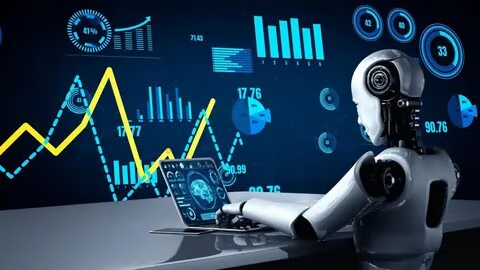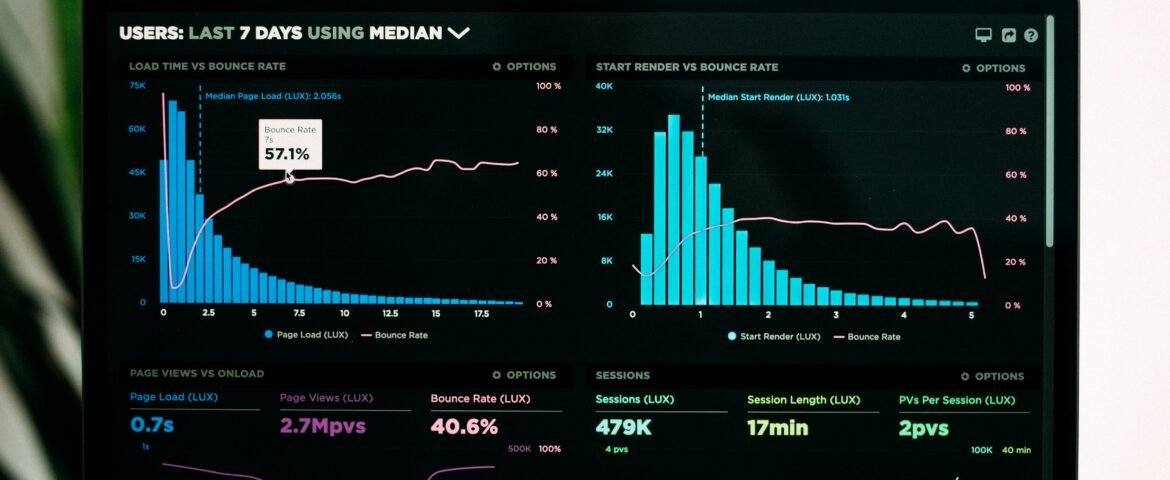Performance marketing is a strategy to advertise that is based on outcomes. You only pay when something specific happens, such as a click, lead, or sale. This methodology ensures you’re investing in effective strategies, unlike traditional ads that charge by impression or reach. It’s great for small businesses that want to get the most for their money.
In 2025, performance marketing will not only be a strategy for small firms but will also be necessary. With ad rates going up and budgets getting tighter, this technique gives you a better and more measurable way to grow on sites like Facebook, Google, and even affiliate networks.
Why small online stores should use Performance marketing:
When starting and growing a Shopify store or an Instagram or Facebook store in the wellness or beauty market, there are some problems that need to be solved. Your competition is big companies, people who don’t have much money, and those who don’t pay attention for long. This is why performance marketing is vital.
You can’t pay for hopes; you can only pay for acts.
You can easily alter your mind; if a campaign isn’t working, stop it straight away.
You can tell what’s working and what’s not right away.
It helps you get the most out of your money by showing your income and expenses.
You’re building smarter by focusing on metrics like ROAS (return on ad spend) and CAC (customer acquisition cost) instead of just trying to get people to know about your business.
How Performance Marketing Works
Here is a short description of the process:
- Make your marketing goal clear
First, figure out what matters most: app installs, signups, sales, or leads. That is what your campaign is all about. - Choose the right platform
When choosing a channel, think about who your audience is. Google Ads can bring in clients who are ready to buy from Shopify stores. Instagram and Meta are great for retargeting and finding new customers. - Make advertising that is based on what people do
It’s essential to have clear calls to action (CTAs) and interesting ad creatives. Use phrases like “Claim Discount,” “Download Guide,” or “Shop Now.” - Add tools for monitoring
Add Meta Pixel, Google Analytics, and UTM tags. This lets you know exactly which ads bring in customers, where they stop, and how much each conversion costs. - Start and keep an eye on
Keep an eye out for ROI signs after your campaign has been running for a while. Use measures like ROAS, CTR (click-through rate), and CPA (cost per acquisition) to judge how well something is doing. - Make it bigger and better
Stop running ads that don’t work, spend more on ads that do, and try out various versions, like new audiences, headlines, or graphics.
Key Metrics to Keep an Eye On:
To be successful in performance marketing, you need to keep an eye on the right metrics:
- Return on Ad Spend (ROAS): tells you how much money you make for every dollar you spend on ads. A 4:1 ROAS means that for every $1 spent, $4 is made.
- Customer Acquisition Cost (CAC): the cost of getting a new customer. Be aware of your margins to see if you can afford it.
- Cost Per Acquisition/Action, or CPA: focuses on the cost of each transaction or signup. Helps improve campaigns that are based on goals.
- Click-Through Rate (CTR): This tells you how interesting your ads are. The higher, the better.
- Conversion Rate: The percentage of visitors who make a purchase. If your conversion rate is low, it could mean that your landing page or user experience isn’t working well.

What AI and automation do:
AI-powered automation is changing performance marketing in 2025. To get the best results, tools are getting smarter and changing bids, creative variations, and audience segmentation on their own.
This is an example of intelligent automation:
Automated bidding: AI figures out your goal ROAS or CAC to set your ad spend.
Creative optimization: Different versions of an ad are evaluated in real time to find the one that works best.
Audience layering: AI analyzes how much people value something and how they behave to create lookalikes.
This means that small brands don’t need an internal performance team to compete with brands that have bigger expenditures.
Balancing Performance and Brand Goals
Many people think that performance marketing means ignoring brand development. The truth? Both are needed.
Use branding efforts to build trust, reach, and awareness.
Layer performance ads to reach people who have left their carts, looked at products, or bought things before.
26 best AI marketing tools I’m using to get ahead in 2025
The key is to find a balance: performance advertisements lead groups to sales, while brand efforts fill the top of your funnel. They work together to turn strangers into customers, and loyal ones at that.
Performance Marketing Commonly Asked Questions:
Q1: What is the difference between performance marketing and PPC?
PPC, or pay-per-click campaigns, is one way to do things. All paid ads that are based on outcomes, including PPC, affiliate, native, and others, are examples of performance marketing.
Q2: What is the cost of performance marketing?
You can regulate the costs. Once you reach your desired ROAS, start small and work your way up. You will only lose money if you get real results, not speculations.
Q3: Can you run performance advertisements without knowing how to use data analytics?
Yes, even beginners can start ads with simple tools and ready-made campaign structures. Knowing your metrics, on the other hand, will assure better optimization.
Q4: Is AI needed for performance marketing?
AI technologies aren’t necessary, but they can make your campaigns more innovative and effective by automating tasks like audience scaling, creative testing, and bidding.
Q5: How often should you make changes to performance campaigns?
Check every week. Quickly stop people who aren’t doing well. A complete evaluation of your plan every month will assure long-term success.
Why Small Brands Matter:
digital marketing for e-commerce Feather gives tiny firms more transparency and fortitude than any other type of marketing. This method ensures that every dollar is directed toward a specific goal, such as generating a lead, closing a sale, or encouraging participation, rather than generic awareness ads that waste money.
By using data, AI, and tools based on real outcomes to optimize and scale, you can make a powerful sales machine that lasts a long time. Also, trust and efficiency are essential in areas like beauty, wellness, and e-commerce.
We at Saazads help small businesses get this process started. We look at your situation, run brilliant campaigns, and make changes to everything to get better results and a higher return on investment.



Leave A Comment